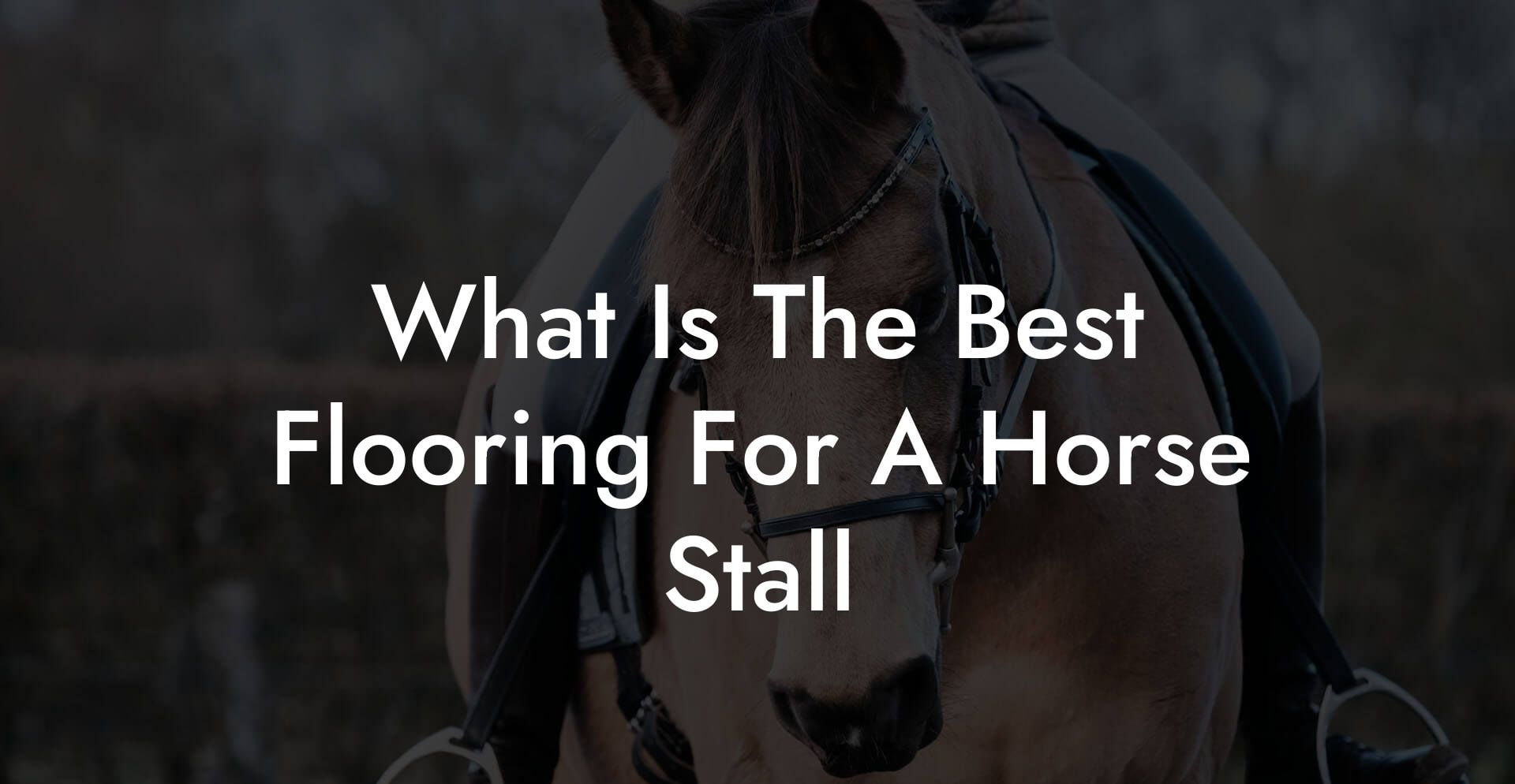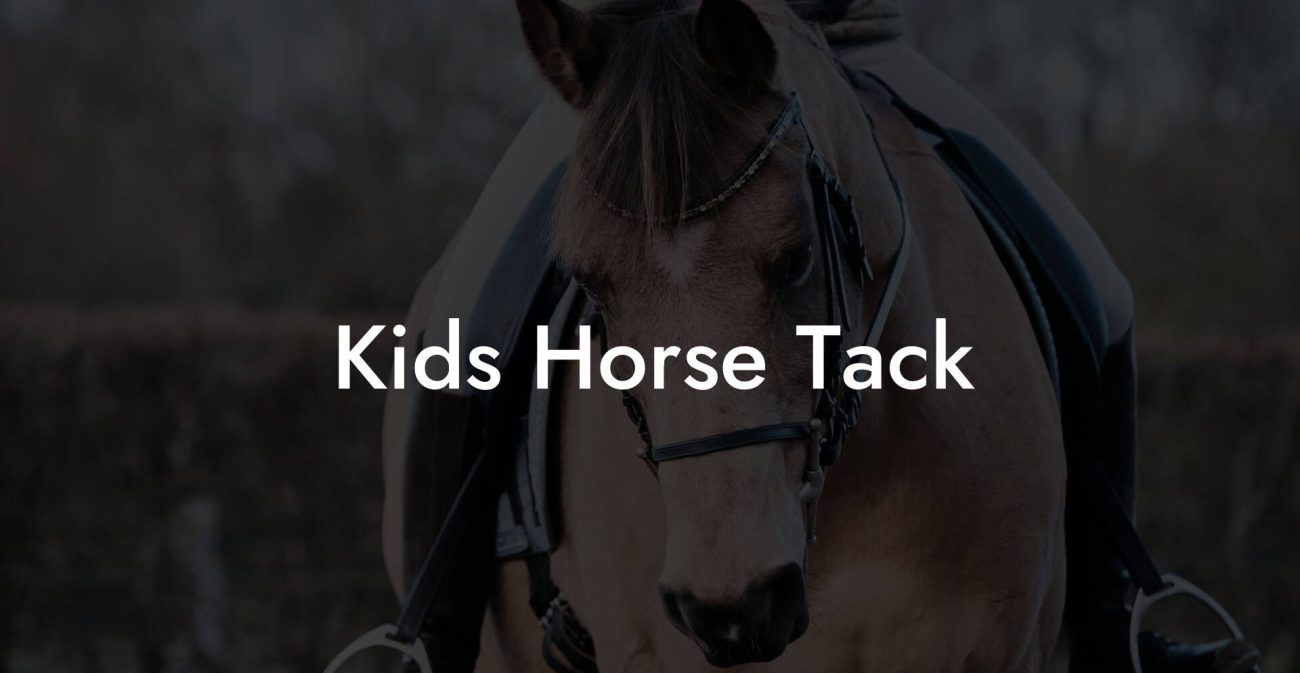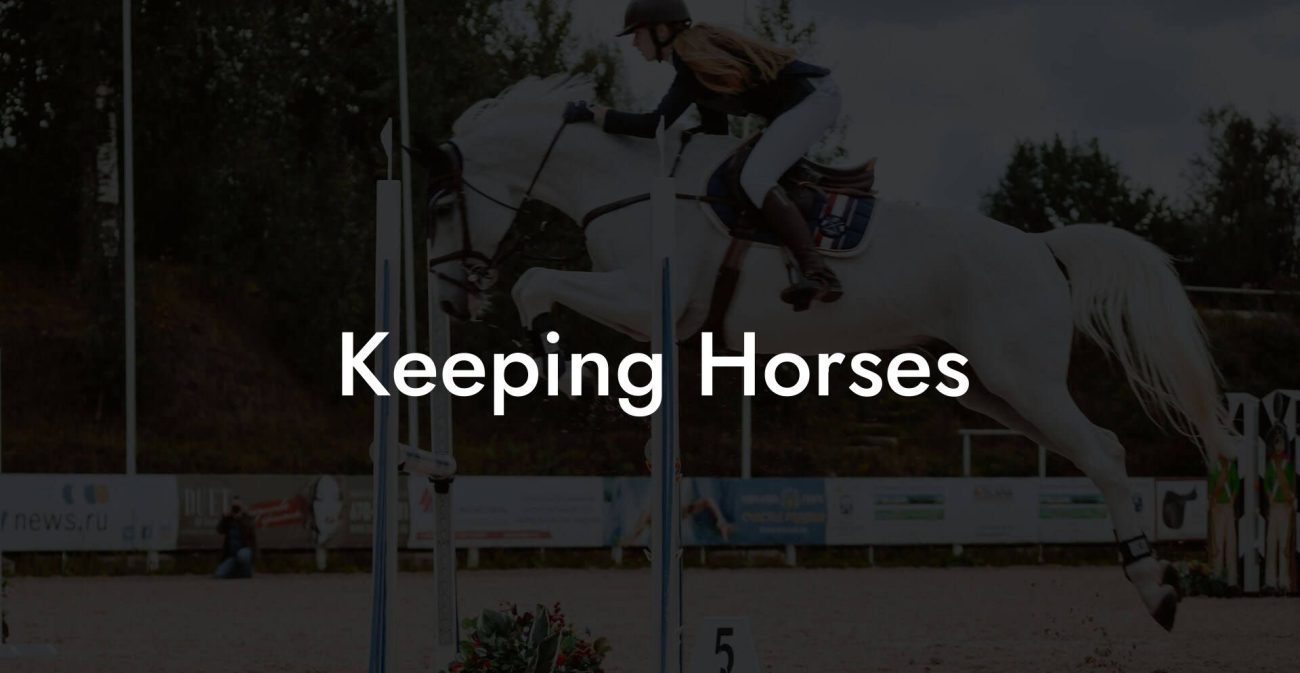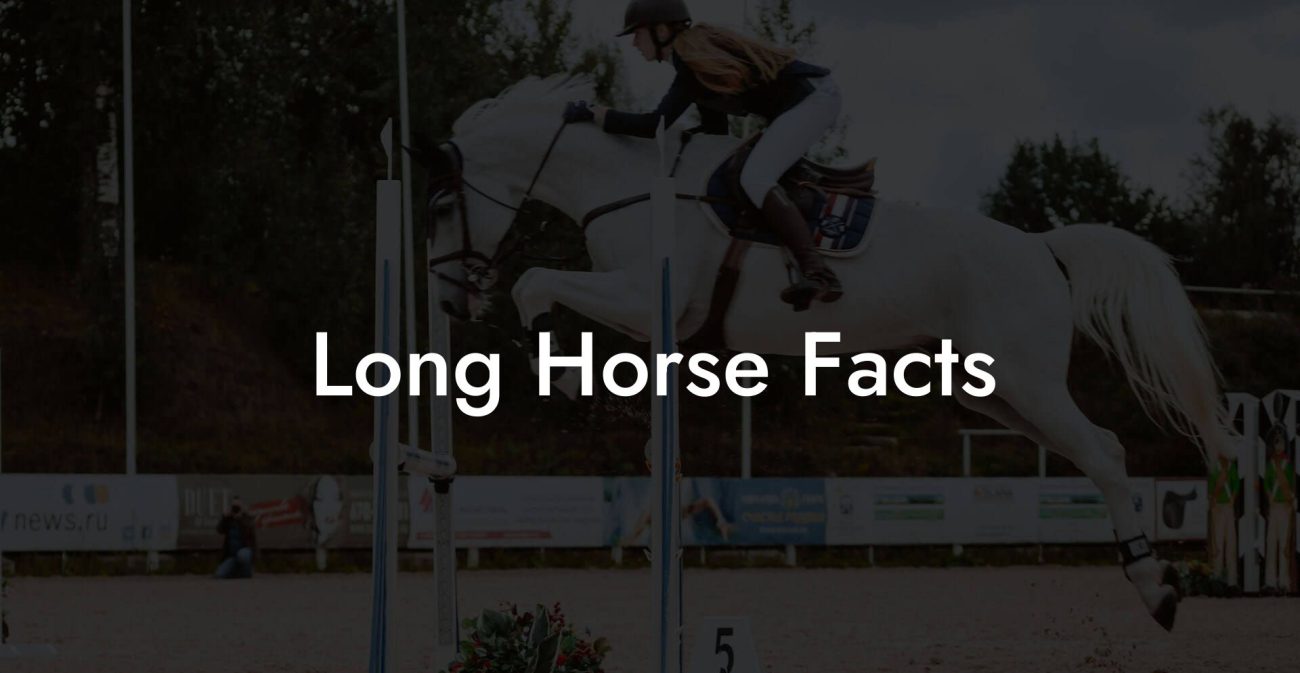When it comes to your prized equine friend, the flooring in their stall isn’t just about keeping things clean – it’s the foundation of safety, comfort, and even performance. Forget the boring old barn floors of yesteryear; we’re diving into the world of modern, hip, and super-functional horse stall flooring that speaks to the savvy, health-conscious, and eco-aware millennial and Gen-Z horse lover. In this guide, we’ll explore what makes a floor great for a horse stall, how different materials stack up against each other, and how you can strike the perfect balance between cost, durability, ease of maintenance, and style. Buckle up and get ready to transform your stable into a next-level equestrian haven!
Quick Links to Useful Sections
- Understanding the Needs of Horses and Stall Flooring
- Types of Flooring Materials for Horse Stalls: From Traditional to Trendy
- 1. Rubber Flooring
- 2. Epoxy Flooring
- 3. Polymeric and Resilient Flooring
- 4. Concrete with Protective Coatings
- Factors to Consider When Choosing the Best Flooring for a Horse Stall
- Durability and Load-Bearing Capacity
- Slip Resistance and Traction
- Maintenance and Cleaning Requirements
- Comfort and Impact Absorption
- Installation and Cost-Effectiveness
- Comparing Popular Options: Which Flooring Reigns Supreme?
- Rubber Flooring: The Crowd Favorite
- Epoxy Coatings: Sleek and Modern
- Polymeric and Resilient Systems: The Best of Both Worlds
- Concrete with Protective Coatings: The Classic Contender
- Maintenance and Cost Considerations: Investing in Your Equine Future
- Tips for Installation and Ensuring Safety in Your Horse Stall Flooring
- Proper Subfloor Preparation
- Professional Installation vs. DIY
- Ensuring Non-Toxicity and Safety
- Monitoring and Upkeep
- Common Pitfalls and How to Avoid Them
- Choosing Under-Quality or Incompatible Materials
- Overlooking the Importance of Drainage
- Ignoring Expert Advice and Reviews
- Poor Installation Practices
- Success Stories: How the Right Flooring Made a Difference
- The Rubber Revolution
- Epoxy Excellence
- Hybrid Heroes: The Best of Both Worlds
- Resources and Community Support: Your Next Steps
- Join Equestrian Forums and Networks
- Attend Workshops and Local Expos
- Utilize Online Tools and Guides
- Collaborate with Local Experts
- Frequently Asked Questions About Horse Stall Flooring
- Your Path to a Next-Level Equestrian Experience
Understanding the Needs of Horses and Stall Flooring
Horses are majestic creatures with powerful bodies that constantly need to move, stand, and sometimes even kick up a fuss. Their stall flooring must do more than just look good – it needs to support their hefty weight, provide traction to prevent slips, and remain comfortable for long hours of standing. In short, the ideal horse stall floor blends durability with functionality, all while being safe and non-toxic.
Whether you’re into sleek rubber flooring, innovative epoxy coatings, or traditional compacted dirt with a modern twist, the secret is to understand your horse’s biomechanics and how they interact with the surface underfoot (or hoof, in this case). The perfect stall flooring should absorb shock, reduce stress on joints, and help maintain cleanliness. In the world of equestrian care, this isn’t merely a luxury, it’s a necessity for any stall that truly cares for its horse.
Keywords like "horse stall flooring," "best floor for horses," and "durable horse stall floors" are at the core of our journey as we drill down into the nitty-gritty details of what makes a floor great for your equine buddy.
Types of Flooring Materials for Horse Stalls: From Traditional to Trendy
When it comes to choosing flooring for your horse stall, the options are as diverse as the personalities of the horses themselves. Here’s a breakdown of the most popular choices, along with their pros and potential pitfalls:
1. Rubber Flooring
The buzzword in modern stable design, rubber flooring offers shock absorption, great slip resistance, and a cushioned yet firm surface that eases joint pressure. This material is particularly popular among horse lovers who want a floor that can handle the high-impact load of horses without causing slips or injuries.
Rubber horse stall flooring is non-toxic and easy to clean, making it an ideal choice for busy stables. The thicker mats can even be interlocked to create custom layouts that are both cost-effective and visually appealing.
2. Epoxy Flooring
For those who crave a more industrial, sleek look, epoxy flooring provides a smooth, seamless surface that’s resistant to chemicals and easy to maintain. Epoxy coatings are especially popular in high-traffic stables where spills and muck are an everyday occurrence.
However, while epoxy is great for maintenance and aesthetics, its hard surface may require additional shock-absorbing materials (like rubber mats) underneath to ensure comfort for your horse’s legs and joints.
3. Polymeric and Resilient Flooring
These advanced flooring solutions are designed specifically for equestrian environments. They often combine the benefits of rubber and epoxy, delivering a non-slip, shock-absorbing surface with great durability. The polymeric floor can be more expensive initially but may pay off with longer life and fewer maintenance headaches.
4. Concrete with Protective Coatings
Concrete has been the traditional choice for centuries. With the addition of protective coatings or sealants, concrete floors can be transformed into safe, hygienic, and surprisingly comfortable surfaces. They’re known for excellent durability and cost-effectiveness, though they typically require more diligent maintenance to avoid wear-related issues such as cracks or slippage.
In exploring these materials, keywords like "slip resistance," "non-toxic flooring," "epoxy flooring," and "horse stable flooring" are essential to understanding how each option meets modern demands.
Factors to Consider When Choosing the Best Flooring for a Horse Stall
Making the right choice in horse stall flooring goes beyond aesthetics and the latest trends. Consider these key factors as your “stable must-haves” list before embarking on your new flooring project:
Durability and Load-Bearing Capacity
Horses can be downright heavy, and they move with purpose. Your chosen flooring should tolerate constant pressure, impacts, and the occasional horseplay without cracking or degrading over time. Look for materials that boast high durability ratings and are designed to handle significant load-bearing demands.
Slip Resistance and Traction
Safety is non-negotiable. Whether rolling or standing still, a horse’s hoof needs proper grip to prevent slips and falls, which can lead to injuries and costly stall repairs. Key phrases such as "best floor for horses" and "slip resistance" are critical when shopping around.
Maintenance and Cleaning Requirements
No one wants to spend all day scrubbing muck off the floor. The ideal option should strike a balance between being easy to clean and resistant to the constant wear and tear of a busy stable environment. Consider flooring that is permeable for effective drainage yet resistant to bacterial growth.
Comfort and Impact Absorption
A horse’s well-being is directly tied to how their stall feels underfoot. The best horse stall flooring must concede just enough softness to absorb the shock of movement without compromising stability. Rubber and polymeric materials are often heralded as the champions of comfort in this space.
Installation and Cost-Effectiveness
Budget-friendly options are always on the table, but it’s important to weigh upfront costs against long-term benefits. Some of the trendier solutions, like advanced polymer floors, may cost more initially but can reduce maintenance and replacement expenses over time. Researching “durable horse stall flooring” and “maintenance” tips can help you strike this balance.
With these factors in mind, your decision will reflect a fusion of style, safety, and practicality, ensuring that your horse enjoys every minute spent in a comfortable, well-designed stall.
Comparing Popular Options: Which Flooring Reigns Supreme?
Let’s break down some of the heavy hitters in the arena of horse stall flooring, and see how they fare when placed side by side. Whether you’re leaning towards the resilient charm of rubber or the modern appeal of epoxy, each option has its unique set of advantages.
Rubber Flooring: The Crowd Favorite
Rubber flooring quickly becomes a fan favorite due to its cushioned feel and excellent shock absorption. Not only does it provide a non-slip surface for your horse, but it also offers a forgiving cushion that minimizes the risk of injury during those high-energy moments. Plus, maintenance is a breeze – a quick sweep and occasional wash, and it’s good as new.
Downside? It might require periodic cleaning to remove dust and debris, and some variations can be prone to staining if not properly sealed.
Epoxy Coatings: Sleek and Modern
If you’re all about that clean, luminous look, epoxy flooring delivers a striking finished surface that is both resilient and hygienic. It repels chemicals and resists staining, making it an excellent option for stables with high activity levels. However, its unforgiving hardness means you might need to add rubber matting or similar solutions to soften the impact.
In terms of cost, epoxy might edge out rubber initially, but its minimal maintenance requirements can offset the upfront investment in the long run.
Polymeric and Resilient Systems: The Best of Both Worlds
For those who can invest a bit more, polymeric systems offer a hybrid solution that marries the shock-absorption of rubber with the seamless design of epoxy. These floors are engineered to be tough, safe, and stylish. While the cost might be higher, the long-term durability combined with lower maintenance needs can make them a smarter choice for the modern horse stable.
Concrete with Protective Coatings: The Classic Contender
Traditional but trustworthy, a sealed concrete floor with a protective coating is a time-tested choice for stables. With proper maintenance, it can last for decades and offers a rugged, no-nonsense look. However, it lacks the natural cushioning that more modern materials provide; consider adding layer systems or mats if you opt for concrete.
Ultimately, the best flooring for your horse stall will depend on your horse’s needs, your budget, and your willingness to invest in additional safety features like shock-absorbing mats. By comparing options that focus on “horse stall flooring,” “best floor for horses,” and “maintenance,” you can tailor your choice to suit both your equine friend and your lifestyle.
Maintenance and Cost Considerations: Investing in Your Equine Future
Even the best flooring is only as good as its upkeep. In the realm of horse care, stall maintenance is paramount. Not only does it protect your investment, but it also ensures that your horse continues to enjoy a safe, hygienic environment.
Regular Cleaning: The ideal flooring material should be easy to sweep, hose down, or mop. Materials like rubber and epoxy excel in this area as they often feature seamless surfaces or interlocking designs that leave little room for grime buildup.
Repairs and Upkeep: Over time, even the most durable flooring may require maintenance. Rubber can wear down in high-traffic areas, and epoxy can develop chips if not properly cared for. Therefore, budgeting for periodic repairs is essential. Look for flooring options that come with reliable warranties or support services to ensure you are never left high and dry.
Cost vs. Longevity: While cost-effective options like concrete with protective coatings might appeal to the budget-conscious, they may incur more frequent maintenance costs. On the other hand, higher upfront investments in polymeric or premium rubber flooring can often pay off, thanks to reduced long-term expenses and enhanced durability.
For modern equestrians who routinely search for “cost-effective horse stall floors” and “maintenance-friendly equestrian solutions,” the balance between initial cost and long-term reliability is the key to making a smart investment.
Tips for Installation and Ensuring Safety in Your Horse Stall Flooring
Even the best flooring materials can fall short if they’re not installed correctly. Here are some killer tips to make sure your stall flooring is installed safely and effectively:
Proper Subfloor Preparation
A sturdy, level subfloor is the canvas upon which you’ll install your new flooring. Whether you’re working with rubber mats, epoxy coatings, or polymeric panels, ensuring the foundation is free of cracks, moisture, and debris is the first step in creating a secure surface.
Professional Installation vs. DIY
Depending on the flooring type, you may opt for a professional installation to get the best results. While DIY can seem tempting (and always gives you that instant ‘brag’ factor when you say, “I did it myself!”), some materials like epoxy or specially designed polymer systems might require expert handling.
Ensuring Non-Toxicity and Safety
With the health of your horse as the top priority, make sure that everything from the adhesives to the sealants is non-toxic and safe. Research products that specifically mention “non-toxic flooring” and “eco-friendly” properties to protect your loyal companion’s well-being.
Monitoring and Upkeep
Even after proper installation, periodically check for any signs of wear or moisture problems. A little bit of proactive monitoring today can prevent a major repair or accident tomorrow.
By following these installation and safety tips, you ensure that your new stall flooring not only looks amazing but stands up to the rigors of daily equestrian life with style and resilience.
Common Pitfalls and How to Avoid Them
Every great project comes with its fair share of bumps along the way. From novice stables to veteran horse owners, common pitfalls in choosing and maintaining horse stall flooring can impact both the safety and satisfaction of your equine friend. Here are some common challenges and how to sidestep them:
Choosing Under-Quality or Incompatible Materials
One frequent mistake is opting for materials that aren’t specifically designed for the unique demands of horse stalls. Whether it’s flooring that lacks adequate slip resistance or one that doesn’t provide sufficient cushioning, using the wrong product can lead to injury and increased maintenance costs.
Overlooking the Importance of Drainage
Moisture is your enemy in any stable. Ensure that whatever flooring solution you choose offers excellent drainage capabilities. Failing to address drainage can lead to bacterial growth, mold, and additional health risks for your horse.
Ignoring Expert Advice and Reviews
In the age of reviews and community feedback, skip the temptation to go with the cheapest option ignoring insights from seasoned horse owners. Leverage experienced voices and expert advice to inform your purchasing decision.
Poor Installation Practices
Even the fanciest materials can fall flat if the installation is subpar. Hiring professionals or at the very least, following detailed guidelines, can save you from a landscape of repair bills and safety hazards.
Avoiding these pitfalls means not only investing wisely but also ensuring that your horse enjoys a safe, healthy, and comfortable living space.
Success Stories: How the Right Flooring Made a Difference
Let’s share some real talk: choosing the right stall flooring can be a total game-changer. Across the equestrian world, countless horse owners have experienced dramatic improvements in their horses’ comfort, safety, and overall performance thanks to smart flooring choices.
The Rubber Revolution
Meet Bella, a spirited mare who had a history of sore legs and unsteady footing in a traditional concrete stall. Her owner decided to invest in high-quality, interlocking rubber flooring. The transformation was instant, Bella moved with more confidence, her joints experienced less shock during movement, and cleanup became a breeze. This success story is proof that rubber flooring isn’t just a trend; it’s a proven solution for equine well-being.
Epoxy Excellence
Then there’s Rocky, a stallion whose high-energy antics often left his stable in disarray. His owner opted for an epoxy-coated floor that offered a seamless, easy-to-clean surface that resisted the onslaught of spills and dirt. Not only did the stable look squeaky clean, but Rocky’s improved traction led to fewer slips and bumps – a real win for this spirited equine!
Hybrid Heroes: The Best of Both Worlds
For many, the idea of combining materials has created the ultimate solution. Owners who invested in hybrid polymer flooring found that their stalls enjoyed the resilience of epoxy without missing the shock absorption benefits of rubber. These owners rave about how the balanced design leads to enhanced safety and reduced wear-and-tear, proving that sometimes, the best solution is a little bit of both.
These success stories highlight that when you couple smart research with quality installation and diligent maintenance, the benefits reverberate not only in the improved well-being of your horse but also in the smoother daily operations of the stable.
Resources and Community Support: Your Next Steps
Ready to dive deeper into the world of modern equestrian care? This is your moment to join a vibrant community of horse lovers, stable managers, and equine experts who share tips, tutorials, and inspiration every day. Here’s how you can take your stable to the next level:
Join Equestrian Forums and Networks
Online communities and social media groups are treasure troves of advice and real-life experiences. Platforms like Facebook groups, Reddit threads, and dedicated equestrian forums allow you to ask questions, share progress, and learn about the latest trends in horse stall flooring and modern horse care.
Attend Workshops and Local Expos
Look for local workshops and expos that focus on equestrian facility management. These events often showcase innovative products, cutting-edge installation techniques, and safety protocols. They also provide the perfect networking opportunity to connect with suppliers and experts who can guide you on the best materials and methods.
Utilize Online Tools and Guides
From interactive cost calculators to detailed installation guides and maintenance checklists, online tools can help you make informed decisions. Many reputable websites and blogs dedicated to equine care provide step-by-step tutorials that make even a DIY installation project feel like a breeze.
Collaborate with Local Experts
Whether it’s hiring a certified installer or consulting with a horse care specialist, local experts can tailor their advice to your specific stable environment. Combining their insights with your research can almost guarantee success, and a happy, healthy horse.
By tapping into these resources and forming lasting connections within the equestrian community, you’re not only improving your stall’s flooring but also investing in a network of support and ongoing learning. After all, modern horse care is all about community, shared knowledge, and growing together.
Frequently Asked Questions About Horse Stall Flooring
Here are some burning questions that many equestrians have when it comes to choosing the best flooring for their horse stalls:
1. What is the best overall flooring for a horse stall?
The ideal flooring depends on your specific needs, but rubber flooring is widely praised for its excellent shock absorption, slip resistance, and ease of maintenance. Many owners also choose a hybrid approach, pairing rubber with epoxy coatings for a balance of style and function.
2. How do I ensure that the flooring is safe for my horse?
Safety involves choosing non-toxic, slip-resistant materials with proper cushioning. Make sure the installation is done meticulously, check for proper drainage to avoid moisture build-up, and follow manufacturer guidelines on maintenance.
3. Are epoxy floors hard and uncomfortable for horses?
Epoxy floors are very durable and easy to clean, but they can be harsh on horse joints if used alone. Many owners incorporate additional layers of rubber or other shock-absorbing materials to maintain comfort.
4. How much does it cost to install quality horse stall flooring?
Costs can vary based on materials, installation methods, and geographic location. While options range from budget-friendly concrete with protective coatings to high-end polymer systems, it’s important to consider long-term maintenance costs, not just the upfront price.
5. What maintenance must I perform to ensure longevity of my stall flooring?
Regular cleaning, periodic inspections for wear and damage, and prompt repairs are key. The recommended maintenance routine depends on the materials used, but most floors benefit from routine pressure washing and resealing if necessary.
6. Can I install horse stall flooring myself, or should I hire a professional?
While DIY installation is possible for some materials (like interlocking rubber tiles), professional installation is often recommended for epoxy and polymeric systems to ensure safety and durability.
7. How do I choose a flooring type that meets both my horse’s needs and my aesthetic taste?
Look for flooring that offers a perfect blend of durability, safety, and style. Reading reviews, consulting with experts, and comparing different options online can give you a clear picture of how each type, be it “horse stall flooring,” “rubber flooring,” or “epoxy flooring”, matches your criteria.
8. Is there an eco-friendly option for horse stall flooring?
Yes! Many modern flooring materials are designed with sustainability in mind. Look for products that emphasize eco-friendly production, non-toxic formulations, and recyclability. These options not only protect your horse but also the environment.
The right flooring can truly transform a stall, from ensuring optimum comfort and performance to easing the burden of maintenance and repairs. If you’re still weighing your options, remember that the best choice is the one that aligns with the specific needs of your horse and your stable environment.
Your Path to a Next-Level Equestrian Experience
Transitioning to top-tier horse stall flooring is more than an upgrade, it’s a lifestyle change for both you and your majestic equine partner. By investing thoughtful consideration into factors like durability, comfort, and ease of maintenance, you’re ensuring that your stable becomes a safe, stylish, and efficient space.
Today’s equestrian enthusiasts demand more than just basic functionality. They seek designs that reflect their values: sustainability, cost-effectiveness, and a commitment to animal welfare. With modern materials like rubber, epoxy, and polymeric solutions at your fingertips, you’re finally able to create a stall environment that is not only practical but also modern and Insta-worthy.
As you explore flooring options, remember that the right foundation can elevate every aspect of horse care. From improved joint comfort and reduced injury risk to streamlined cleaning practices and enhanced overall aesthetics, the benefits of smart, well-chosen stall flooring are undeniable.
Now is the time to take your stable into the future, one where every hoofprint is a mark of excellence, every step is guided by safety, and every detail resonates with the perfect blend of functionality and style. Embrace the transformation, and let your stall flooring be the first step toward a truly next-level equestrian experience.













